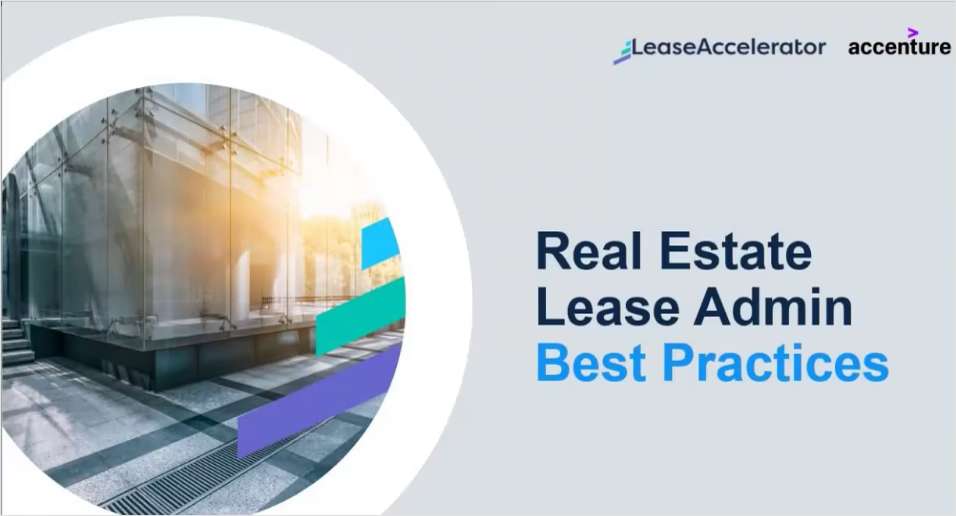CRE practitioners frequently discuss the calculation and application of capitalization rates in making investments, however, there is not much posited on the discount rate used in CRE financial analysis. As you recall, the capitalization rate is determined by two methods; the net operating income divided by property value or by a formula. The formula is the risk-free rate plus a risk premium less a growth rate. The risk fee rate is U.S. Treasury securities, typically, the 10-Year T-Note, which is currently 4.20%. The CRE risk premium, which I believe has typically been between 3% and 10%, however, there is virtually no historical information or data on this rate. For this analysis, due to higher interest rates and lower values, we will estimate it at 7%. The growth rate is the growth in a property's income and with the current soft CRE market, it is estimated at 2.0%. Therefore, an average cap rate would be calculated today as follows; 4.20% + 7% – 2.0% = 9.20%.
This is an average cap rate and must be adjusted further for specific property types and location. For example, if the project is an industrial warehouse in Miami, the risk premium can be reduced to 5.0% and the growth rate increased to 3.0%, for a cap rate of 6.20%. The cap rate is only applied to the one-year net operating income to determine value because it already includes a growth rate, which in this example is 2.0%. The cap rate is also equivalent to the inverse of the EBITDA multiple (enterprise value divided by EBITDA) and the price-earnings ratio (stock price divided by the earnings per share) used in corporate finance.
The discount rate is the rate used to discount to net present value of a stream of CRE cash flows over some time period, usually 5, 7 or 10 years. The stream of cash flows can be either the net operating income, net operating income after tenant improvements, leasing commission and capital improvements or net cash flow to the equity investor. The discount rate is determined from the first part of the cap rate formula as the risk-free rate plus the risk premium and in the example above, would be 4.20% + 7% or 11.20%. The growth rate is not deducted as in the cap rate formula because the discount rate is applied to a series of cash flows and not a one-year net operating income. The discount rate is then used to discount the yearly cash flows and the terminal value of the property, which is determined by applying the cap rate to the next year's net operating income. The discount rate will always be higher than the cap rate as long as income growth is positive.
Want to continue reading?
Become a Free ALM Digital Reader.
Once you are an ALM Digital Member, you’ll receive:
- Breaking commercial real estate news and analysis, on-site and via our newsletters and custom alerts
- Educational webcasts, white papers, and ebooks from industry thought leaders
- Critical coverage of the property casualty insurance and financial advisory markets on our other ALM sites, PropertyCasualty360 and ThinkAdvisor
Already have an account? Sign In Now
*May exclude premium content© 2024 ALM Global, LLC, All Rights Reserved. Request academic re-use from www.copyright.com. All other uses, submit a request to [email protected]. For more information visit Asset & Logo Licensing.








